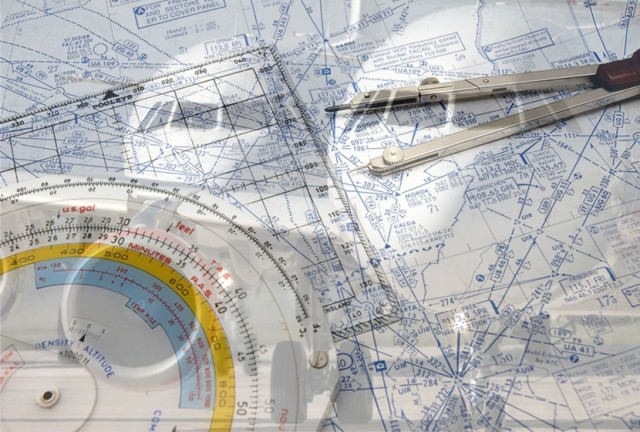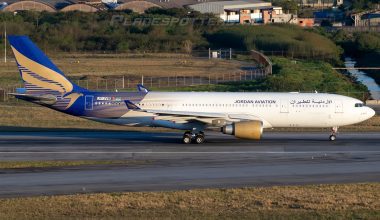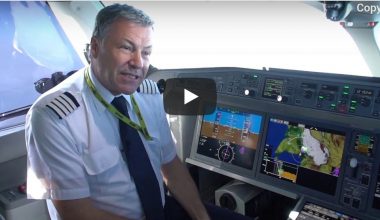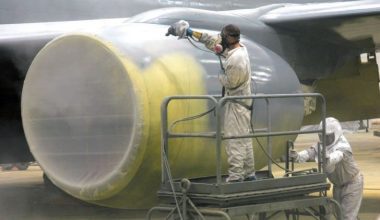
FLIGHT PLANNING
Have you ever wondered what goes on before a flight takes off? There is probably more to it than you might think!
The flight plan is the technical plan for the execution of each flight that meets the legal and safety requirements. When flying moto is the safety first, thus the pilot and cabin crew require absolutely accurate information free from meanders about everything from weather data to the way to the aircraft even before takeoff. It involves two safety-critical aspects: fuel calculation, to ensure that the aircraft can safely reach the destination, and compliance with air traffic control requirements, to minimize the risk of midair collision. In addition, flight planners normally wish to minimize flight cost through the appropriate choice of route, height, and speed, and by loading the minimum necessary fuel on board. Thus flight planning process can have a dramatic economic impact on an airline’s bottom line. One of the best flight planner software in use is the Voyager Flight Software System.

Each airline has its own group of erudite professional doing planning for its flight. A Huge amount of data converges here. The information comes from weather services, travel agents, and technical service providers. For each flight has the so-called dispatcher draw flight plan based on the information of route, weather report, government regulations, the number of passengers, navigational data for the route of flight, appropriate airport data and the airplane itself. However the briefing package contains more data than these calculated, it includes weather report of the airport,the data of the destination airport and also alternative airports along the flight path which may be used in an emergency like hijack or another catastrophe.
The dispatcher starts his calculation six hours before takeoff, ideally it takes only 15 minutes if nothing unforeseen happens. Terrorist and bomb threats seldom happen but they can have a great impact on planning, sometimes even the volcano eruption has to be taken into account. Airport data is augmented by NOTAMs (notice to airmen), a notice which provides the pilot with critical operational information such as runway closures, runway shortenings or out-of-service navigation aids.
Every extra pound of weight burns approximately 3 percent extra fuel per hour. Thus the flight planning process can have a dramatic economic impact through optimization of route, altitude, speed, payload and fuel.Three major factors that affect aircraft fuel consumption include the weight of the aircraft, speed of the aircraft and wind resistance. The weight of aircraft can be reduced by removing the superfluous or non-essential items such as pillows, blanket, and magazines and by introducing electronic flight bag. Surprisingly, during the 1970’s fuel crisis, some airlines company removed the primary and outer paint to reduce the weight of the aircraft.But the greatest amount of weight that can be reduced to the aircraft is the additional or contingency fuel that is not required for thelegality of flight. The amount of fuel required is based on several calculations. Thus the dispatcher plays acrucial role in determining the amount of fuel to be carried.
When the flight plan in finished it is released and automatically put into the system which is made available to the respective flight crew when checking in. One hour before the takeoff the crew meets for a brief meeting where the pilot calculates the fuel needed for the first flight. The pilot tells the crew about the flight time, turbulence expected and what the weather would be like at the destination airport. As soon as the data package is finished it gets saved onto the USB sticks which then taken to the cockpit and installed on the computers there. Until shortly before takeoff, the number of passengers or baggage can change and with this the amount of required fuel thus the pilot waits until the last moments and finally he tells rump agent how much fuel to tank. The last briefing before takeoff is the load sheet. It declares the cut-off mass of the aircraft and the distribution of the total cargo and is checked with the rump agent. Finally, its cabin ready, aircraft refueled ready for boarding.
And at the end,
In thrust, pilot trusts.
,,,,,,,,,,,,,,,,,,,,,,,,,,,,,,,,,,,,,,,,,,,,,,,,,,,,,,,,,,,,,,,,,,,,,,,,,,,,,,,,,,,,,,,,,,,,,
BY: ANIL KUMAR KAMAT
Under Graduate Student
069BME602@IOE.EDU.NP
DEPARTMENT OF MECHANICAL ENGINEERING, PUCHOWK ENGINEERING CAMUS






